Want to Dig For Dinosaur Bones? Join the Pros at These Spots
These museums and companies around the country pair the public with paleontologists to uncover buried bones
By hour three of my dinosaur dig excursion near Bismarck, North Dakota, I was getting frustrated. The woman next to me had already found a perfectly formed Edmontosaurus tooth, and a kid about 15 feet away found a huge rib bone—but I still hadn't found anything. I was getting impatient, though I knew I couldn’t rush the process; we’d all come out for what we knew would be a slow, painstaking day of very detailed and intentional work.
Heading out to participate in a dig means being prepared for a long and messy day digging around in the dirt. You can’t just drop in for an hour here or there—unearthing finds can take hours. At the site I went to, for example, the team of paleontologists expects to excavate between five and 50 feet more in the next few years, even with a group of ten citizen scientists helping each day, from about 8 a.m. to about 3 p.m. They've been working at the site since 2015; after days of hiking and searching for new bone material, they found this spot thanks to a weathered Triceratops skull sticking out of the ground, along with many other exposed bones and fragments. The site is known for bones from Edmontosaurus, Triceratops, Tyrannosaurus (teeth), Acheroraptor (teeth), Dromaeosaurus (teeth) and crocodile, plus petrified trees.
When I arrived on my jobsite, the group was handed a pile of tools. Each person got a bucket, a brush, a trowel, a thin metal pick and a pad to sit on. Optional equipment was a pair of work gloves and small plastic vials to hold any bone fragments, teeth or small findings. We gathered all our goodies and walked over to the dig area, the edge of a rocky shelf in a vast field near Bismarck. Then slowly, methodically, we used the trowels to scrape away the top centimeter or so of dirt. The waste rock we removed went into the bucket, which we dumped away from the site. With the brush, we dusted away rock particles until we could see the flat surface we just uncovered. From there, we would study the surface for anything unusual, tapping it with the metal pick to check if abnormalities were breakable or solid material. You’re able to hear and feel a difference if the material you’re tapping isn’t rock. If nothing was unusual, we'd start over with the trowel and the next centimeter of rock.
If we thought we had something, we were instructed at a pre-dig briefing to clear away around the edges with the brush carefully, because “the only thing holding these bones together is dirt, and our job is to remove the dirt.” At that point, we'd call over one of the on-site paleontologists (we had three) to determine if we had found a fossil. Small, loose fossils were placed in a vial and turned in at the end of the day. Any large bones needed to be jacketed, which involves digging a trough around the finding and wrapping the entire fossil in long strips of wet plaster. When it dries, the plaster gives it a coat to grab onto so the bone isn’t destroyed when it’s removed from the ground.
“Science is really an activity that anyone can be involved in,” said Clint Boyd, senior paleontologist for the North Dakota Geological Survey, and the one who oversees all the public digs in the state. “It doesn’t necessarily take years of study to be of some use in a scientific field. You begin to understand, when you go to a museum and see that finished product, where it came from, and how we go from bones in the ground to bones in the museum and all the steps in between.”
In the end, I reached my goal of finding at least something. Two pretty small somethings—a neural arch from a Brachychampsa spine and a tooth fragment with a so-far-unknown origin. I understood, when the day was over, why paleontologists and archaeologists and really anyone who digs for things they may never find would continue their work: the sense of accomplishment is overwhelming. It’s hours of nothing and then suddenly something, a piece of ancient history that you can hold in your hand, a connection with the Earth and its past that you can scarcely imagine. And that’s something for which to be proud, especially as a citizen scientist.
“It’s work,” said regular volunteer and Bismarck resident Dale Heinert, whose uncle used to own the land we were digging on. “You have to dig and take your time and be patient. But you’re out in the middle of nowhere in these lands that are millions of years old. You’ve got to like that. It ain’t like Fred Flintstone.”
And when you find something, the experience is unmatchable. Courtney Hagan, a volunteer from Minot, North Dakota, and the one that found the perfectly formed tooth, called it the best day ever. “It was the coolest thing I’ve done,” she said. “How could you turn down that opportunity?”
If you want to indulge your fossil hunting fantasies, check out these spots around the country where you can dig for real dinosaur bones with actual paleontologists. Remember that an adult must be with anyone under 18, and spots fill up fast—many sites recommend registering for digs a month or more in advance.
North Dakota Heritage Center; Bismarck, North Dakota
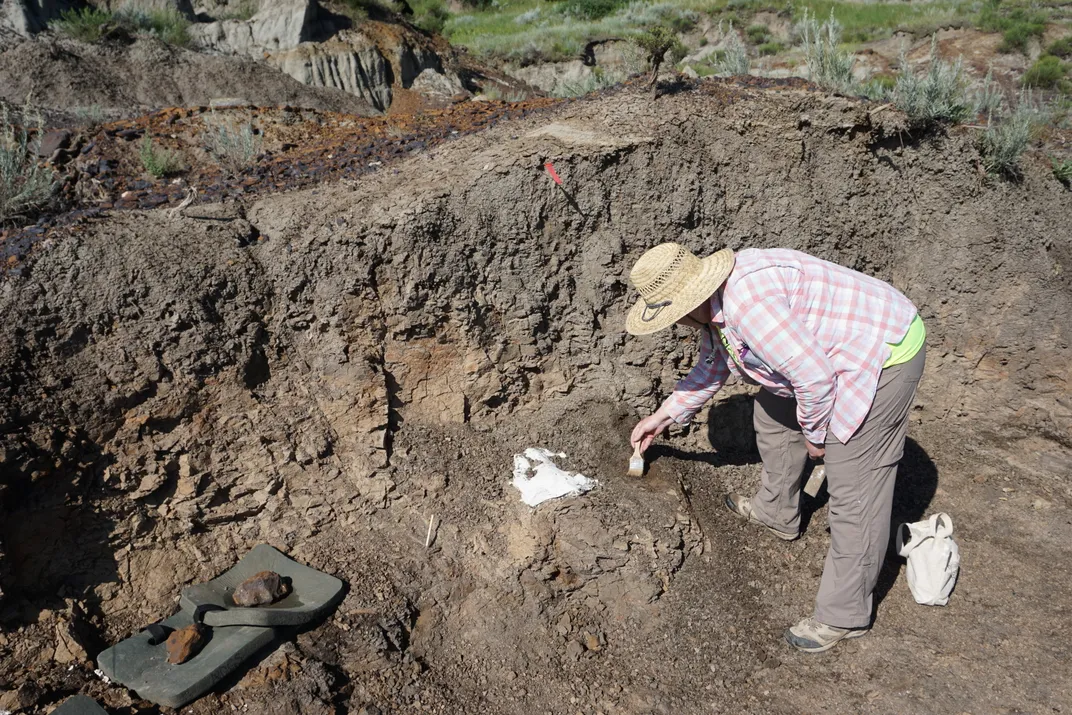
The North Dakota Geological Survey runs public dinosaur digs in four locations across the state: Bismarck, Dickinson, Medora and Pembina Gorge. Absolute beginners should go to Medora or Pembina Gorge, and experts should head to Dickinson. Bismarck is an intermediate-level dig, which is good for beginner adults. This dig runs out of the North Dakota Heritage Center, where participants will go for a pre-dig briefing. Then everyone heads to the dig site, on private land in the Hell Creek Formation. The site is about 67 million years old and is unique because it’s on what was once a shoreline.
“This is a great glimpse into not just the dinosaurs and the other animals of the Hell Creek Formation, but also what it was like right near the shoreline as opposed to more inland environments,” Boyd said. “This site lets us compare if it was all the same everywhere or if we see differences based on how far away we are from the shoreline.”
Participants in the full-day digs here can expect to find bones from Tyrannosaurus, Edmontosaurus, Triceratops, Brachychampsa, Dromeosaurus and Didelphodon.
PaleoAdventures; Belle Fourche, South Dakota
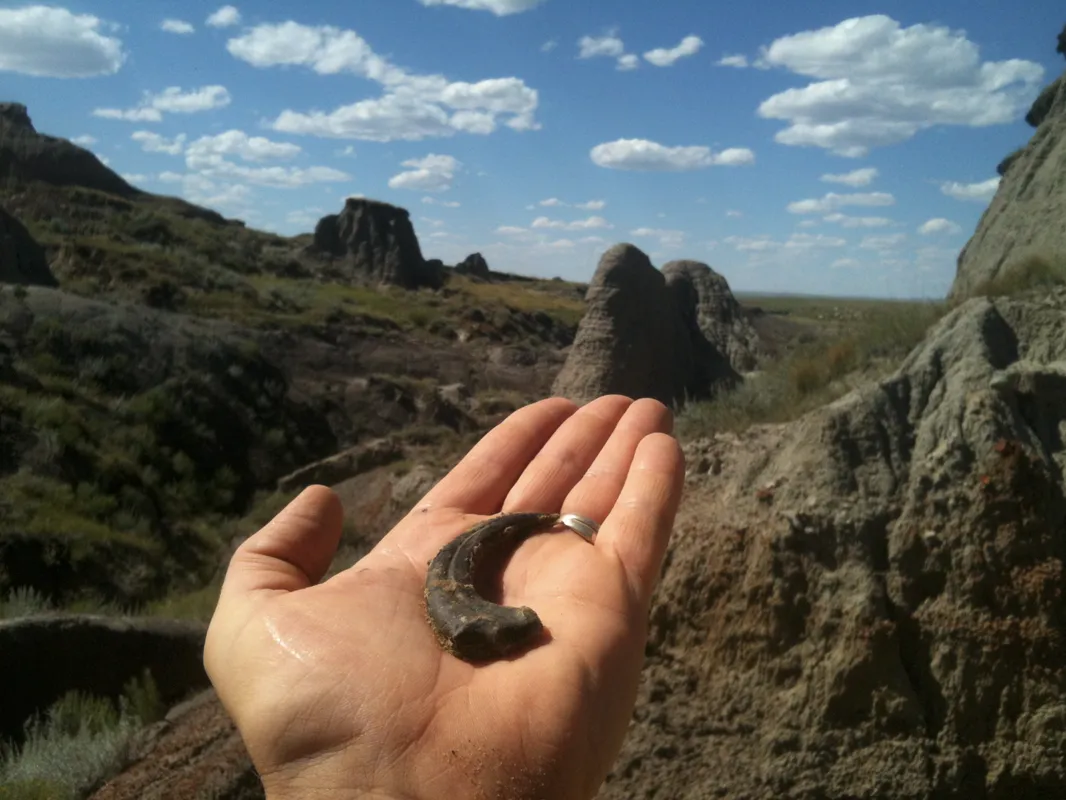
Paleontologist Walter W. Stein runs PaleoAdventures, a privately owned company running dinosaur digs in the Hell Creek Formation in South Dakota’s Black Hills. Stein has been digging for more than 20 years; he’s found more than 30 skeletons and even has a dinosaur named after him. A team of paleontologists from Florida's Palm Beach Museum of Natural History, led by University of Kansas researcher Robert DePalma, discovered Dakotaraptor steini in South Dakota in October 2015. Unlike other digs, participants here can bring home minor finds, like Edmontosaurus and Triceratops teeth, unidentifiable chunks, plant fossils and other commonly found pieces. Commercial-grade fossils can be purchased, but anything with scientific significance as determined by Stein is off-limits—it goes to museums and universities. Some of the more significant finds come from Pachycephalosaurus, Ankylosaurus, Struthiomimus, Anzu, Dakotaraptor and Thescelosaurus dinosaurs. PaleoAdventures also has the longest day programs, starting at about 8 a.m. and returning to the field station around 8 p.m. The digs book up extremely quickly, so look in January to find spots for August.
Wyoming Dinosaur Center; Thermopolis, Wyoming
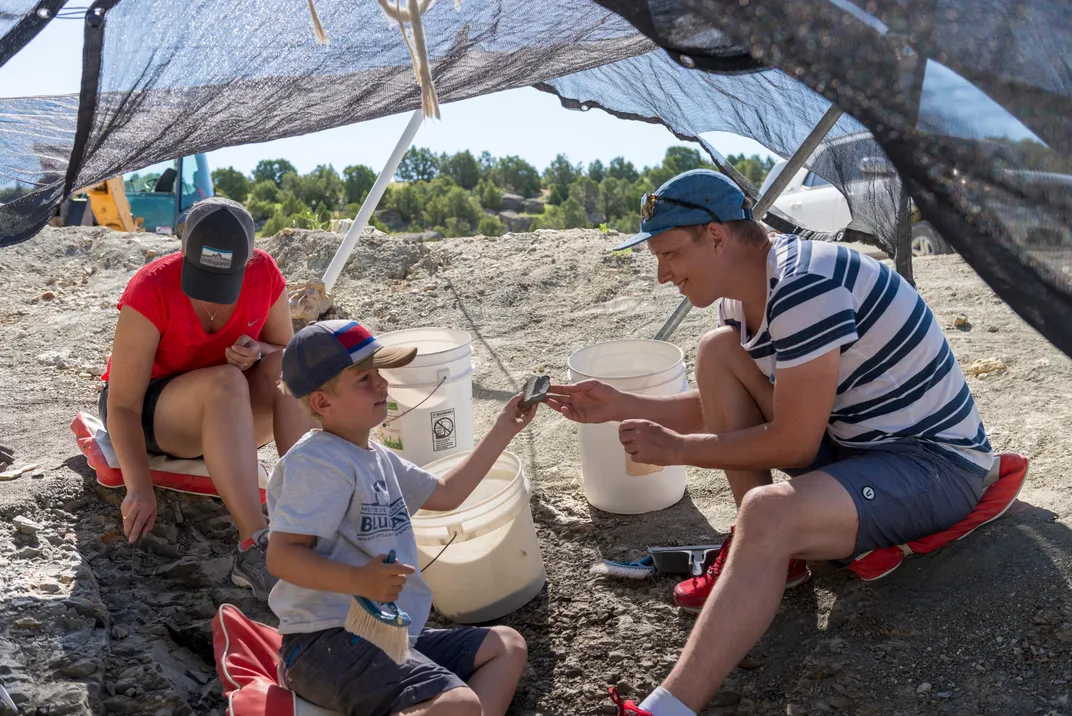
Amateur paleontologists digging with the Wyoming Dinosaur Center will be working on the Morrison Formation, which spreads across the western U.S. and dates back 148 to 155 million years ago. The Dinosaur Center works on a few different spots within a ten-minute drive from the facility. More than 10,000 bones have been found since the program started in 1996, mostly from Camarasaurus, Diplodocus and Apatosaurus dinosaurs, though visitors have turned up plenty of Allosaurus teeth too. Any bone you find will be registered with the Dinosaur Center, including your name and where you found it, and kept there for scientific research. Half-day digs and full-day digs are available, with the full-day option including a tour of the center’s museum.
Two Medicine Dinosaur Center; Bynum, Montana
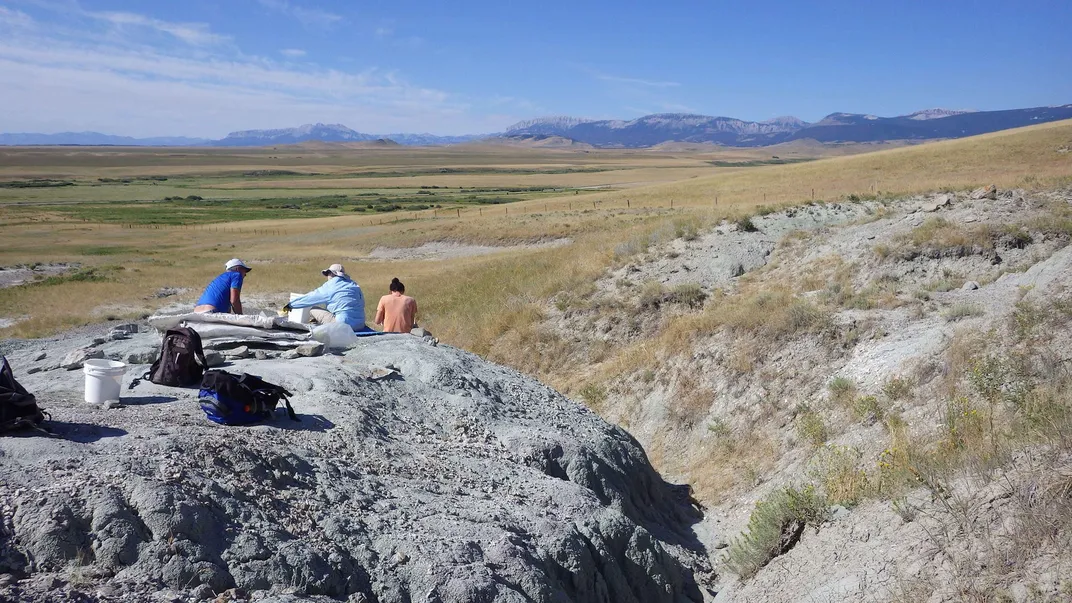
Two Medicine Dinosaur Center breaks its digs down into two categories: short programs and long programs. The short programs range from half a day to three days at nearby dig sites in Montana, and the long programs are six days of camping and digging up by the Canadian border. To get into the actual digging, skip the half-day program and start with a full day or longer. With the full-day program, you’ll train at an inactive dig site in the morning before going out to dig for the real stuff. With the short programs, you’ll most likely be uncovering duck-billed dinosaurs, like Edmontosaurus and Maiasaura, which are abundant in the area. Duck-billed dinosaurs, formally known as hadrosaurs, have flat, duck-bill shaped bones for their snouts; they only ate plants. The long programs are to help collect two full dinosaurs in the Judith River Formation, which dates back 75 to 80 million years.
/https://tf-cmsv2-smithsonianmag-media.s3.amazonaws.com/accounts/headshot/JenniferBillock.png)
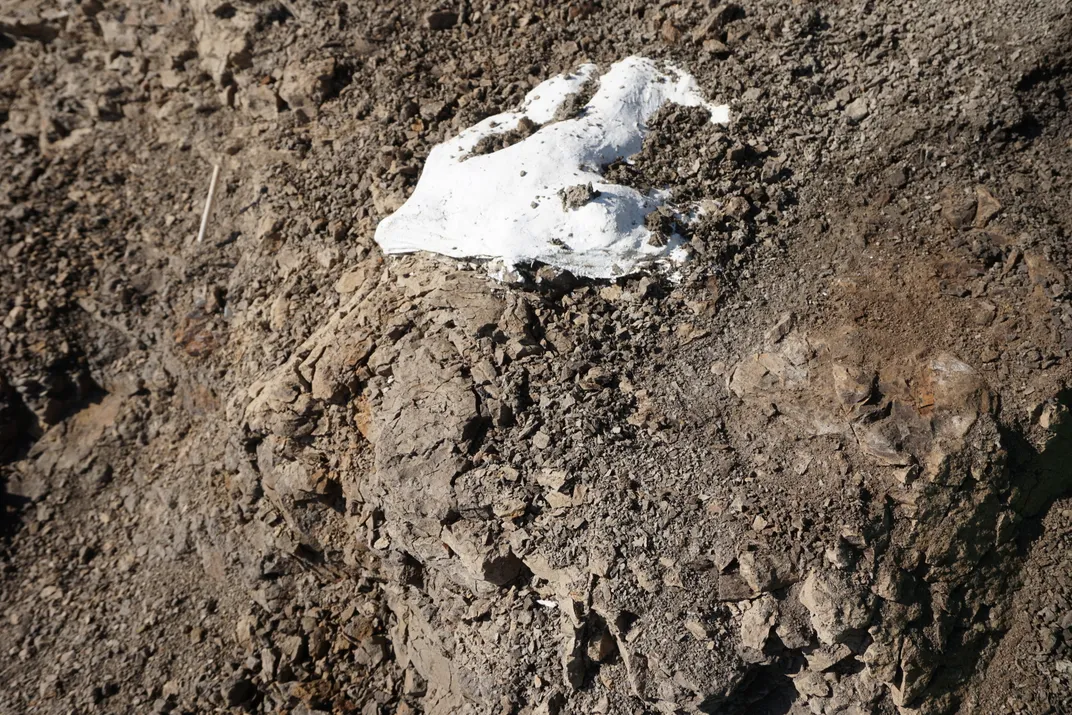
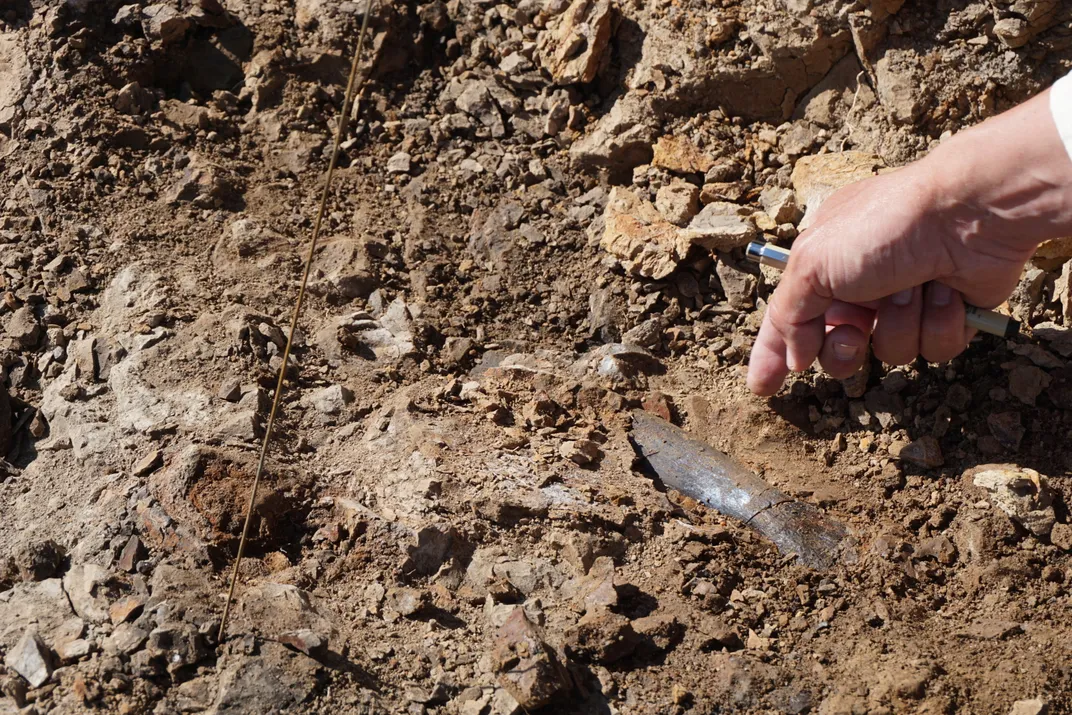
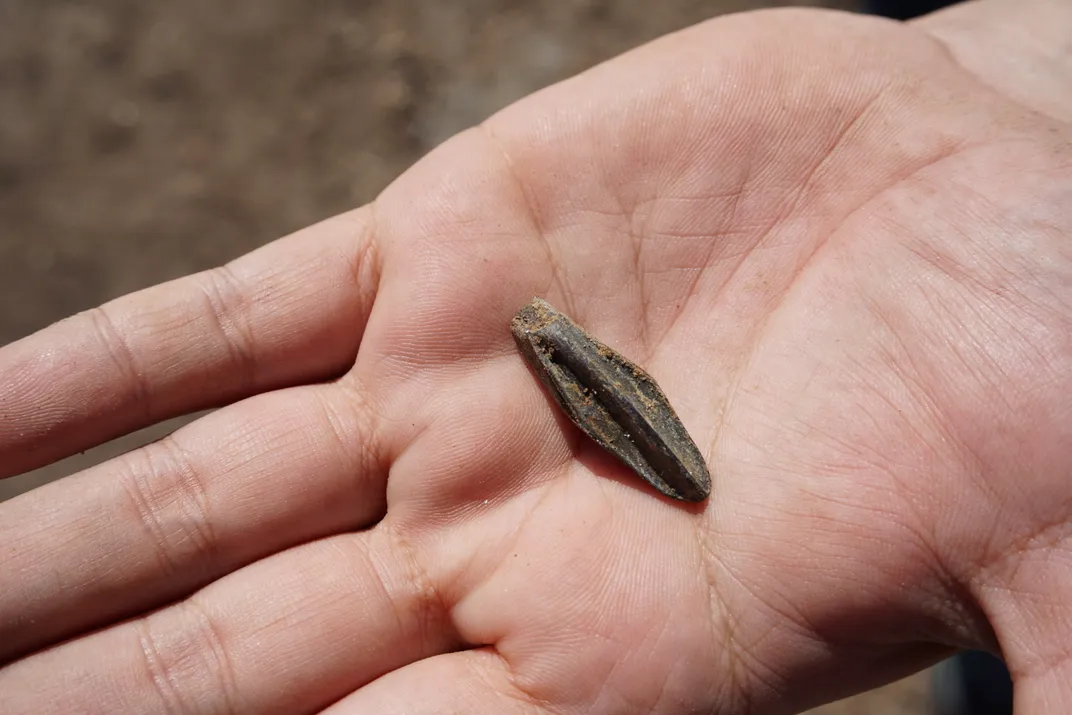
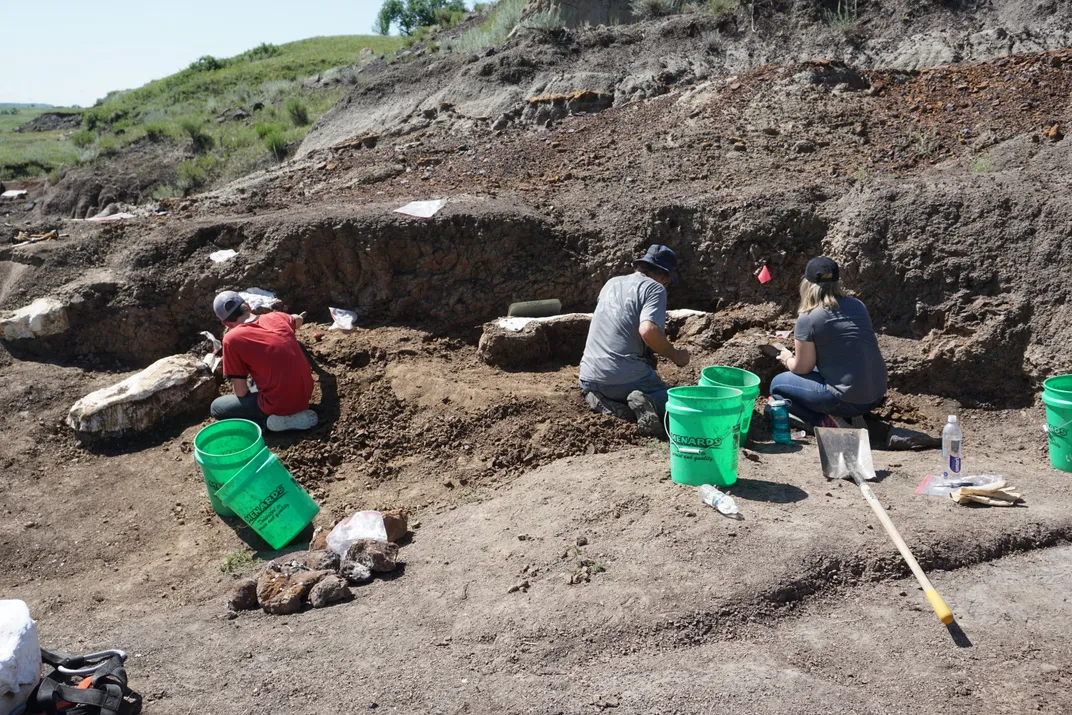
/https://tf-cmsv2-smithsonianmag-media.s3.amazonaws.com/accounts/headshot/JenniferBillock.png)